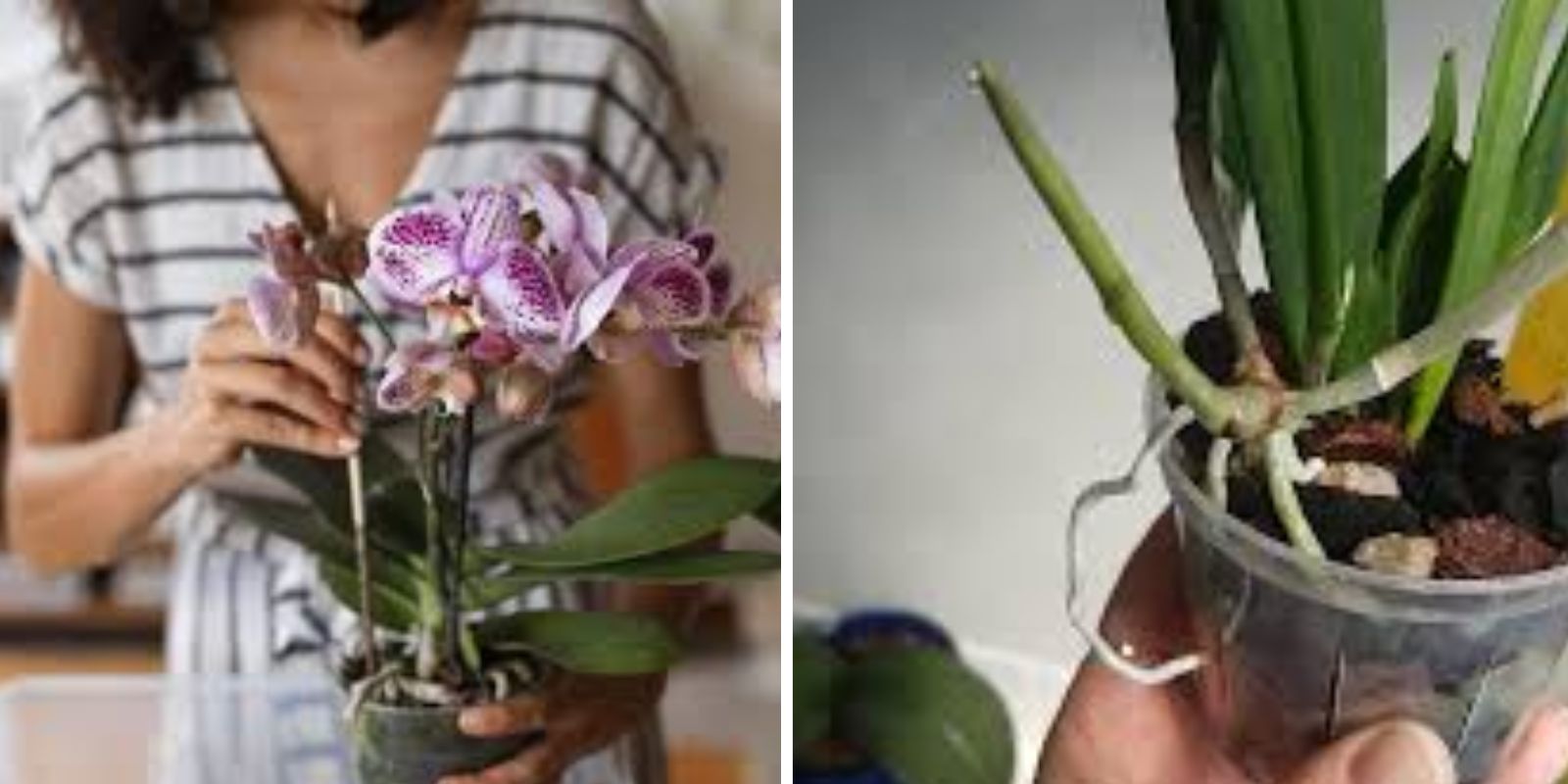Orchids are admired worldwide for their exotic beauty, vibrant colors, and sophisticated appeal. However, keeping orchids blooming all year round can be challenging without the right knowledge and care. In this guide, we’ll explore key strategies to help you master orchid care and unlock the secret to achieving lush, continuous blooms throughout the year.
Introduction to Orchid Care
Orchids are unique plants with specific requirements for light, water, humidity, and nutrition. While orchids are generally hardy, they can be particular about their surroundings. Understanding their needs is essential if you want to achieve consistent flowering. By learning a few secrets of orchid care, even beginners can enjoy these magnificent blooms all year long.
1. Choosing the Right Orchid Species
First, it’s crucial to pick the orchid species best suited to your environment and care level. Some common varieties for home gardeners include:
- Phalaenopsis (Moth Orchid): Known for its long-lasting flowers and ease of care.
- Dendrobium: Requires more light and a slightly cooler environment but is rewarding with multiple blooms.
- Cattleya: Famous for its large, fragrant flowers, although it needs brighter light.
2. Light: The Foundation of Healthy Blooms
Orchids thrive in bright, indirect light. Here’s how to find the perfect light conditions:
- Identify the light source: Place your orchid in a room with plenty of natural light but avoid direct sun, which can scorch its leaves. East-facing windows are ideal.
- Use artificial lighting: If natural light is limited, a full-spectrum grow light can provide enough brightness to simulate natural sunlight.
3. Watering Your Orchid: Less is More
Overwatering is one of the most common mistakes. Orchids are epiphytes, meaning they naturally grow on other plants, and are used to intermittent water.
- Water once a week by drenching the plant, letting the water fully drain to prevent root rot. Use room temperature, filtered water if possible.
- Reduce watering in winter, as orchids’ growth slows during colder months.
4. Ideal Humidity Levels for Orchids
Orchids naturally grow in humid climates, so providing adequate humidity is essential.
- Maintain a humidity level between 40-70%. Use a humidity tray (a shallow tray filled with pebbles and water under the orchid pot) to boost humidity.
- Mist the leaves lightly in the morning to avoid mold and mildew. Be cautious not to let water pool in the leaves, which can lead to rot.
5. Fertilizing Orchids for Continuous Blooms
Orchids are light feeders, but they do require nutrients, especially during the growing season.
- Use a balanced, water-soluble fertilizer labeled for orchids, feeding every two weeks during the growing season.
- Reduce feeding frequency in winter, as orchids don’t absorb as many nutrients during dormancy.
6. Potting and Repotting: Giving Orchids Room to Grow
Orchids generally need repotting every one to two years. The right potting mix and container help orchids thrive.
- Use a bark-based orchid mix, which provides good drainage. Orchids don’t do well in regular potting soil, as it holds too much moisture.
- Repot in spring if the orchid has outgrown its pot or the potting medium has started to break down.
7. Pruning Spent Blooms to Encourage New Growth
Properly pruning orchids encourages re-blooming.
- Cut the flower spike just above the node (the small bumps on the stem) after blooms have faded. This encourages the orchid to produce another flower spike.
- Prune dead leaves or roots during repotting to keep the plant healthy.
8. Providing the Right Temperature Range
Temperature control plays a significant role in orchid flowering.
- Keep daytime temperatures around 65-75°F (18-24°C) and slightly cooler at night.
- A slight nighttime temperature drop is beneficial, as it mimics natural conditions and can stimulate blooming in many species.
9. Pest and Disease Control
Preventing pests and diseases is crucial for keeping orchids healthy.
- Inspect orchids regularly for common pests such as aphids, mealybugs, and scale insects.
- Use insecticidal soap or a mix of water and mild dish soap as a gentle pest control solution.
- Maintain good airflow around orchids to prevent fungal and bacterial infections, which can thrive in overly humid or stagnant environments.
10. Rotating Orchids Outdoors for Seasonal Refreshment
If possible, give your orchids a seasonal boost by moving them outdoors during warmer months.
- Place orchids in a shaded outdoor location where they can benefit from natural airflow, rain, and light. Avoid direct sunlight, which may damage leaves.
- Move orchids back indoors once temperatures drop below 55°F (13°C) to protect them from cold stress.
Common Mistakes to Avoid in Orchid Care
Here are some pitfalls that orchid enthusiasts often encounter:
- Overwatering: Orchids need less water than most plants.
- Using improper soil: Regular potting soil retains too much moisture, leading to root rot.
- Placing orchids in direct sunlight: This can lead to sunburn and leaf damage.
Final Thoughts: Keep Track of Your Orchid’s Progress
Orchid care is a journey that becomes more rewarding as you learn to understand the plant’s needs. Take notes on your orchid’s environment and care schedule, and don’t hesitate to make adjustments. By mastering light, water, humidity, and feeding, you’ll be able to enjoy vibrant, lush orchid blooms throughout the year.
Conclusion: Your Journey to Year-Round Orchid Blooms Starts Now!
With the right care, orchids can transform into year-round blooms that enhance your space with elegance and beauty. Whether you’re a seasoned orchid enthusiast or just starting out, these steps will guide you toward a successful orchid care routine.
Ready to enjoy year-round orchid blooms? 🌸 Comment your experiences or ask questions below!

